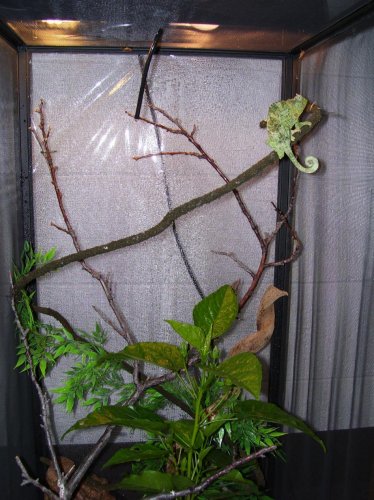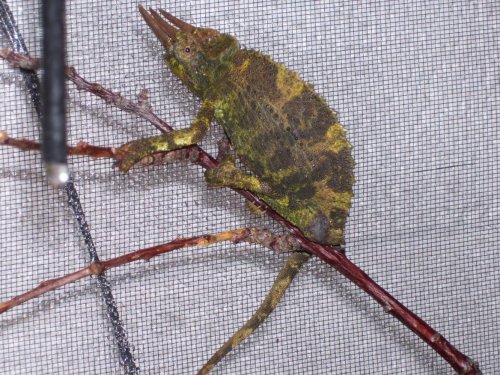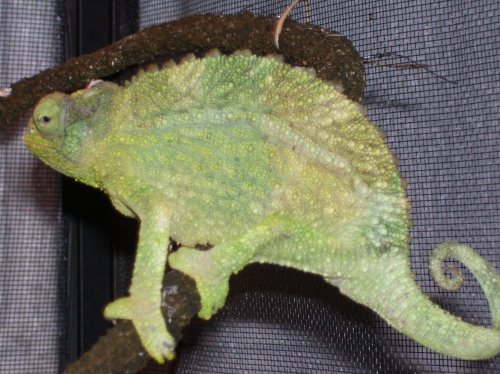jaredphoward
New Member
I just bought a male jacksons from a previous owner. When I picked it up from him it was really dark. Its been a couple days and he is still dark. He assures me it takes days for the chameleon to accustom to his new enclosure. I am afraid he sold me a sick chameleon. I expected him to return to a healthy bright green by now. I am getting worried.









